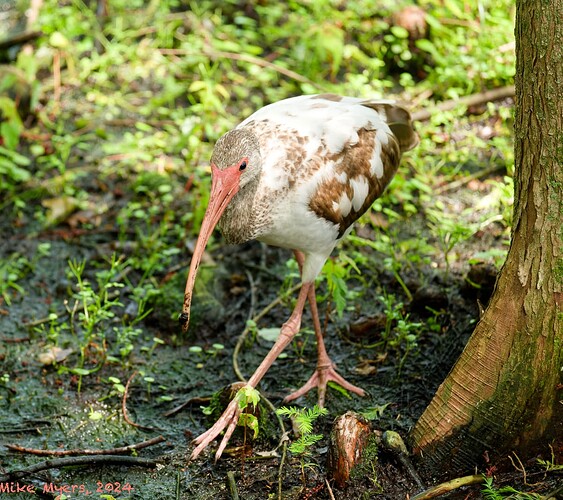As I see it, you miss the point. Let’s assume that those “real” photographers are far better than Steve. So what? You can’t “play the guitar as well”, or likely can’t photograph as well.
On the other hand, Steve Perry, and his website/forum is devoted to helping the rest of us (me included) improve… Back Country Gallery Photography Forums. To me, that makes Steve, and his forum, and his participants FAR more helpful than all the “real” photographers you know put together.
Sort of like Ken Rockwell - you may hate him, and his writing style, but he has gathered more useful photography than all the rest of the people doing similar things together - both about things he likes, and things he does not like. Any time I might want to buy something, without fail I check for Ken’s review. If you want to make fun of me for that, fine, go ahead. That he has made a living from doing what he enjoys is a bonus - and if you read his reviews of the Nikon Zf and Z8/9, he has posted things that I’ve never read about anywhere else. Read the Zf review for my latest example - I was almost ready to buy one, to try out ML, but after reading all the things he pointed out, I lost interest. For better or worse, he writes what he thinks.
Wrong adjective, informative would be a better word, but I guess I do love the ability to find information from Ken that I couldn’t find from others. As in, with the Zf, everybody was saying how wonderful the Zf was, but Ken pointed out things that changed my mind completely. Factual information is what the world needs, as I see it, not free advertising.
I need/want both, but photography related information is what I’m most interested in - although this does lead me calling something a “duck” which I now know was silly.
Regarding all my thoughts to-date on ML cameras, one of my biggest issues if I was to buy one would be battery life. Comparison between Nikon Z6 and D780, running the same ML focusing technology:
D780: 2,260 shots
Z6: 330 shots
( Nikon D780 vs Nikon Z6: Which One Should You Get? )
In the USA and in India, I almost always make it through a full day with one battery, and lots of “juice” left over - but there were some races I covered where I needed two. Never more. The Z6 ? Yikes!!! …personally, I like the D3 and its battery, which I don’t think I’ve ever run dry.
For the future, any questions I have about photography will remain here, even if they make me look quite dumb. Who knows, maybe I am that dumb. But questions about bird photography get lots better answers in Steve’s forum:
Bird Photography with Nikon D780 | Backcountry Gallery Photography Forums



